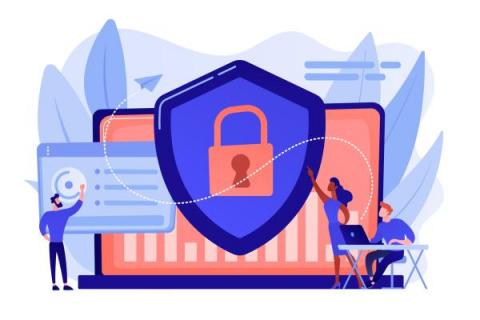When User Identity Loses Its Meaning, Hackers Win
When it comes to cybersecurity, businesses typically want to assume that every user is a special snowflake. The premise that each user has a unique identity, and that cybersecurity teams can manage access permissions and identify anomalous activity based on that identity, is a cornerstone of modern security operations.








